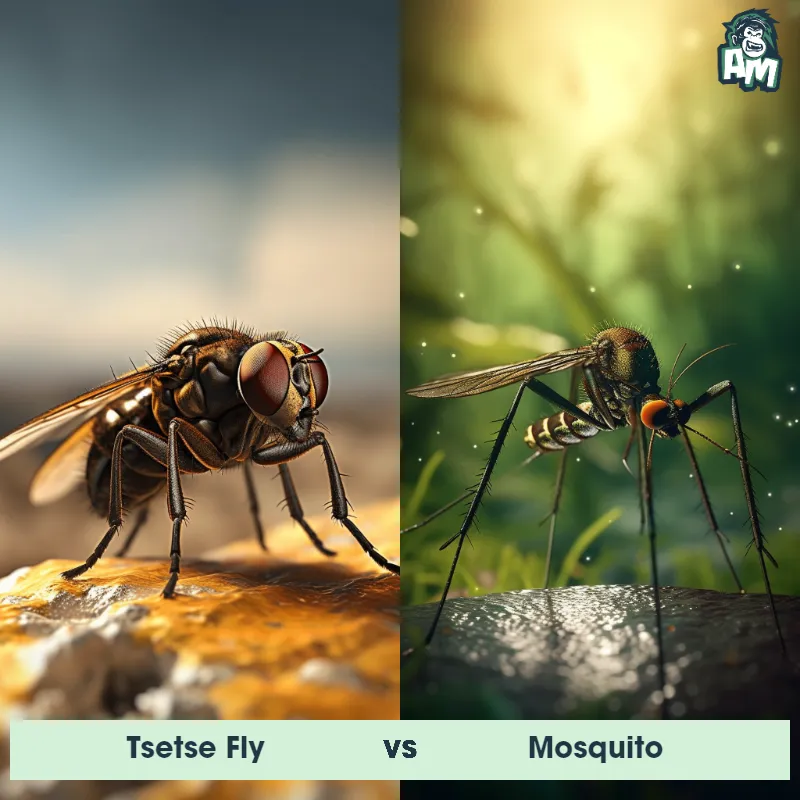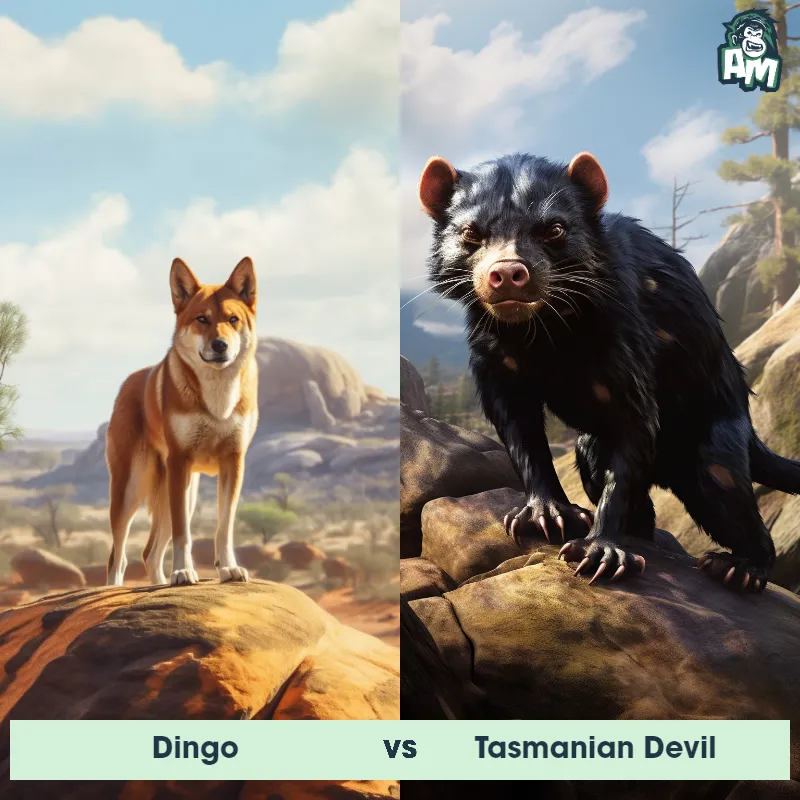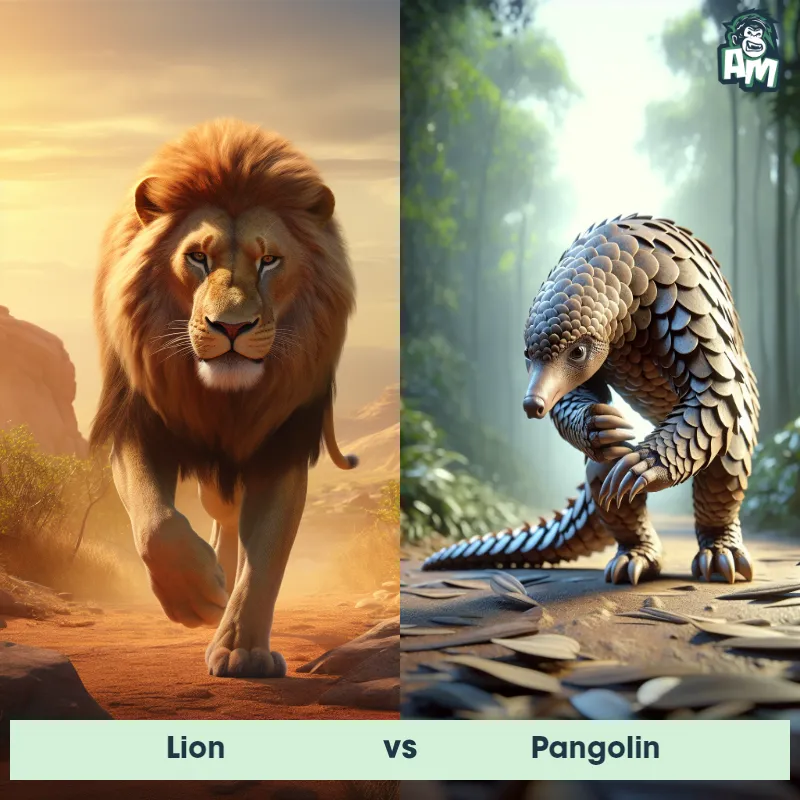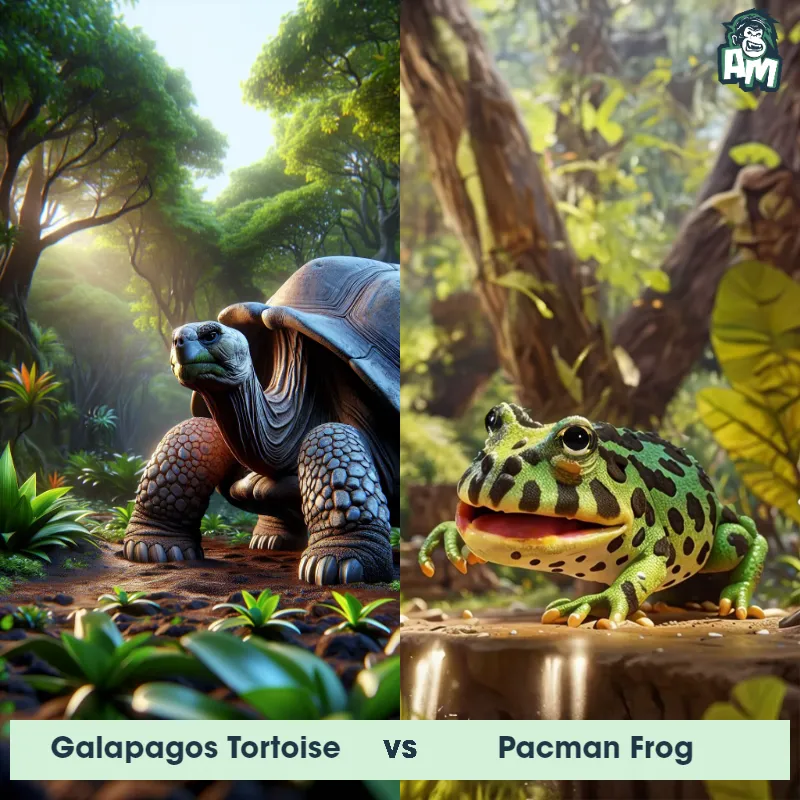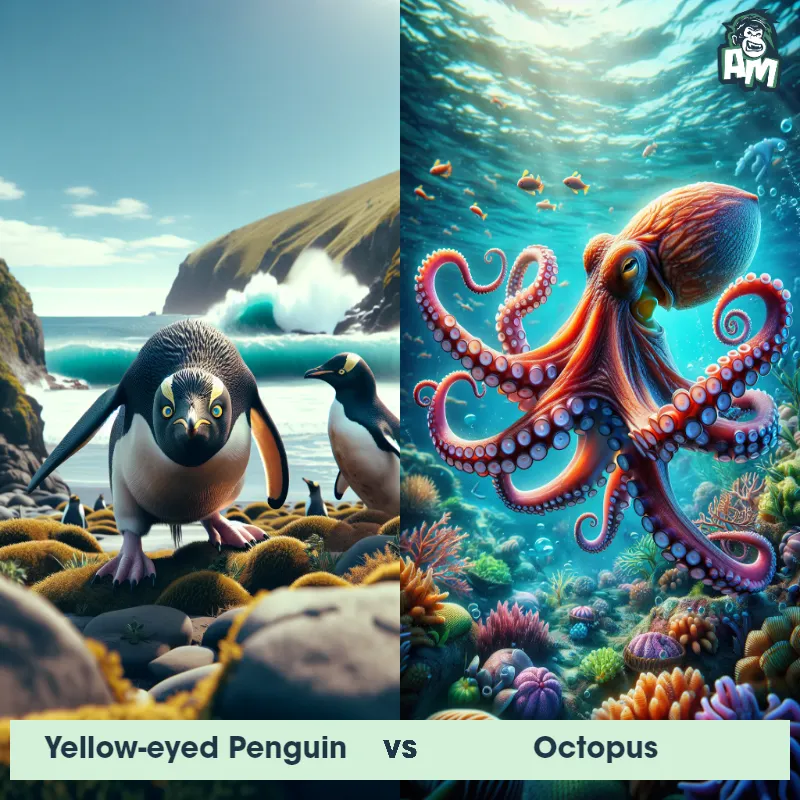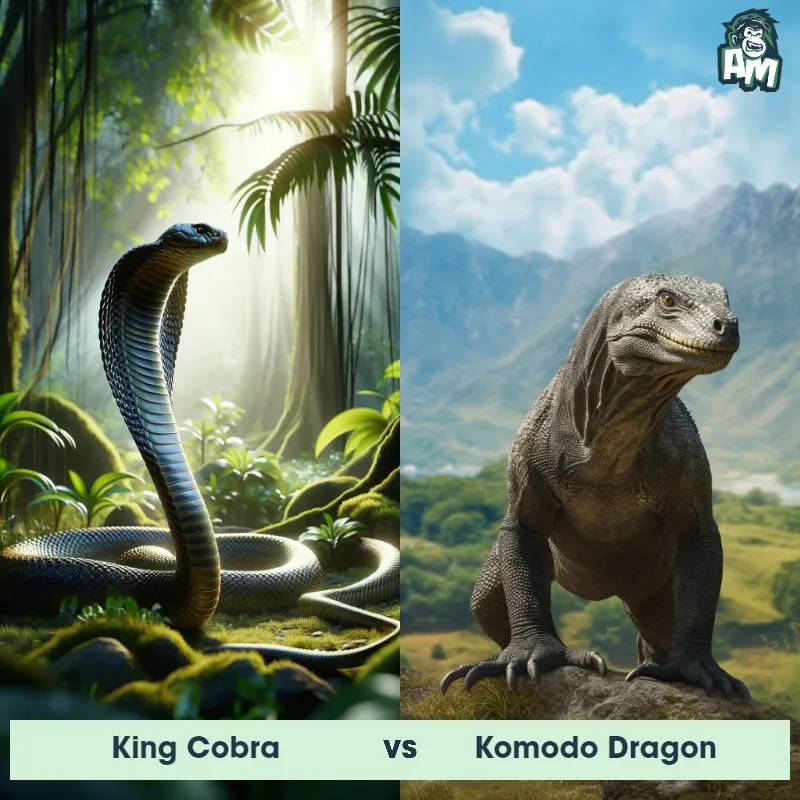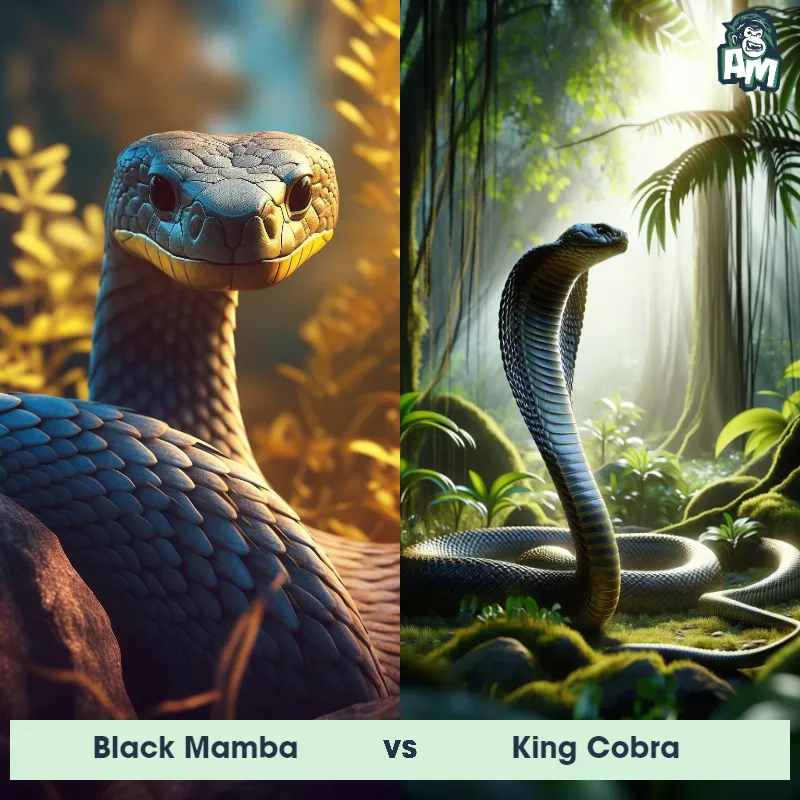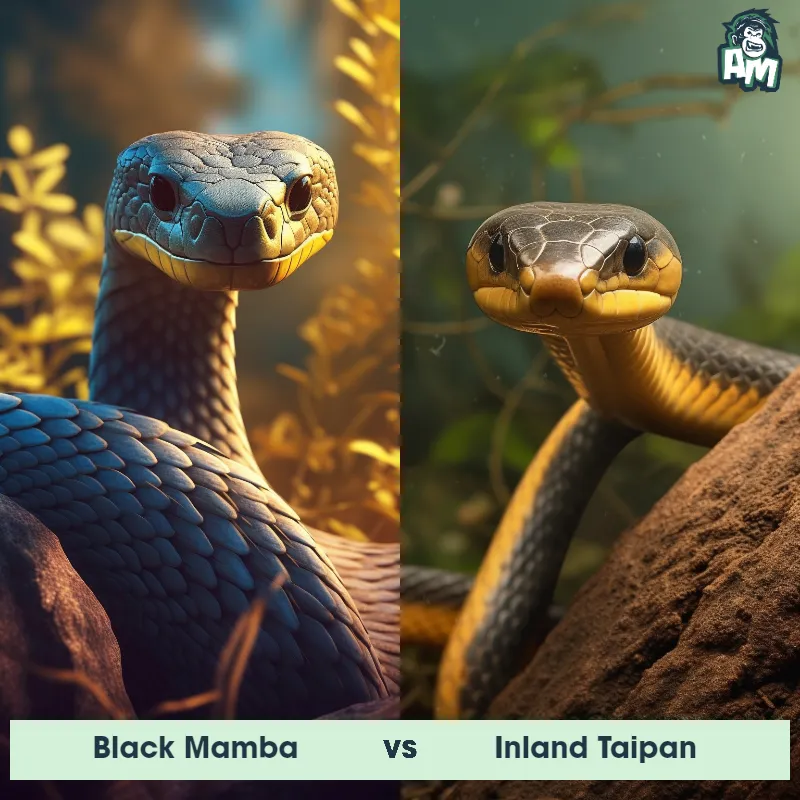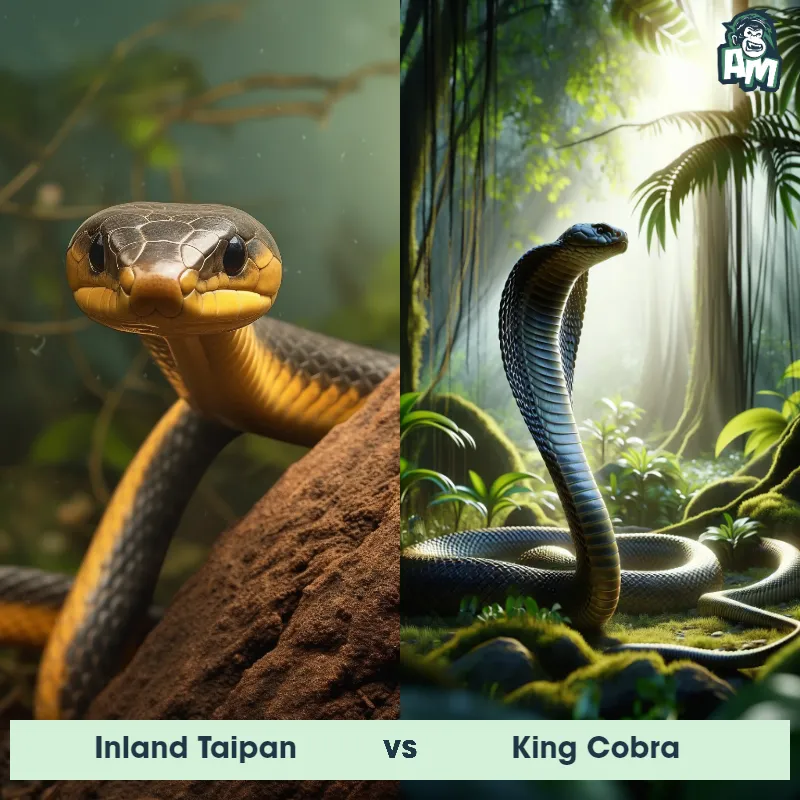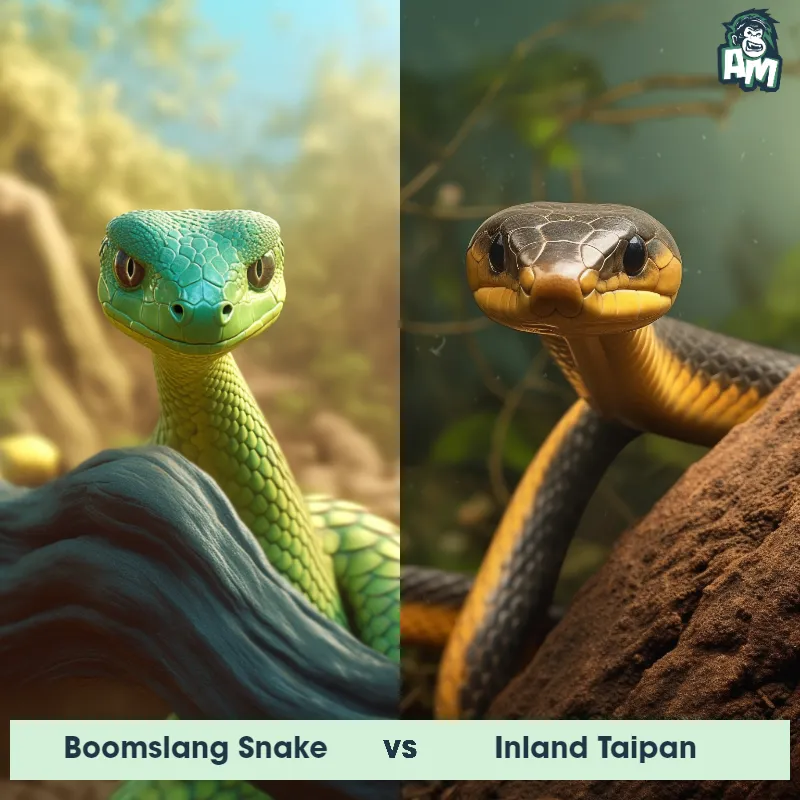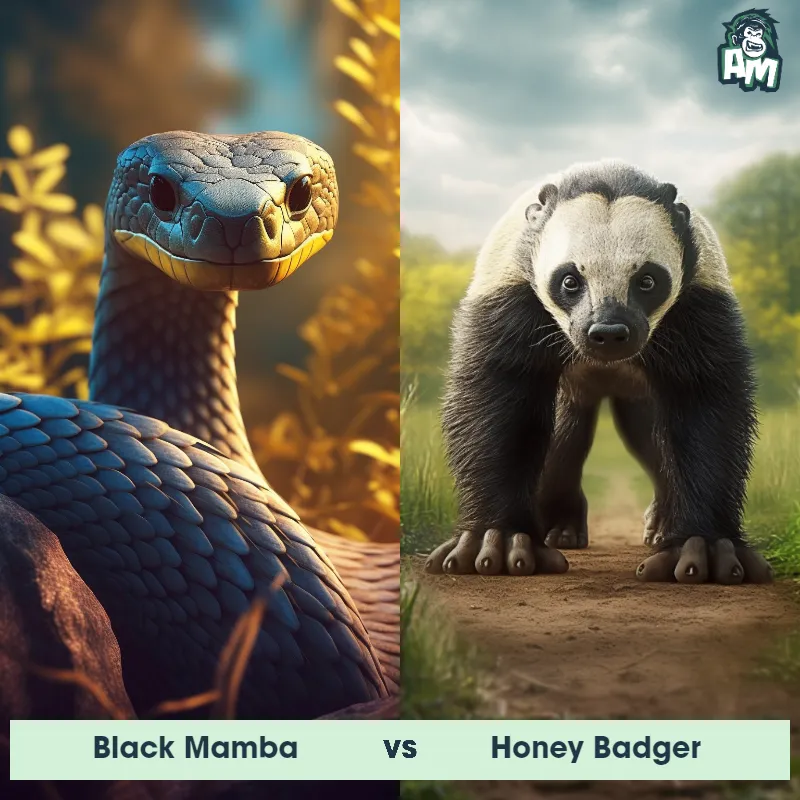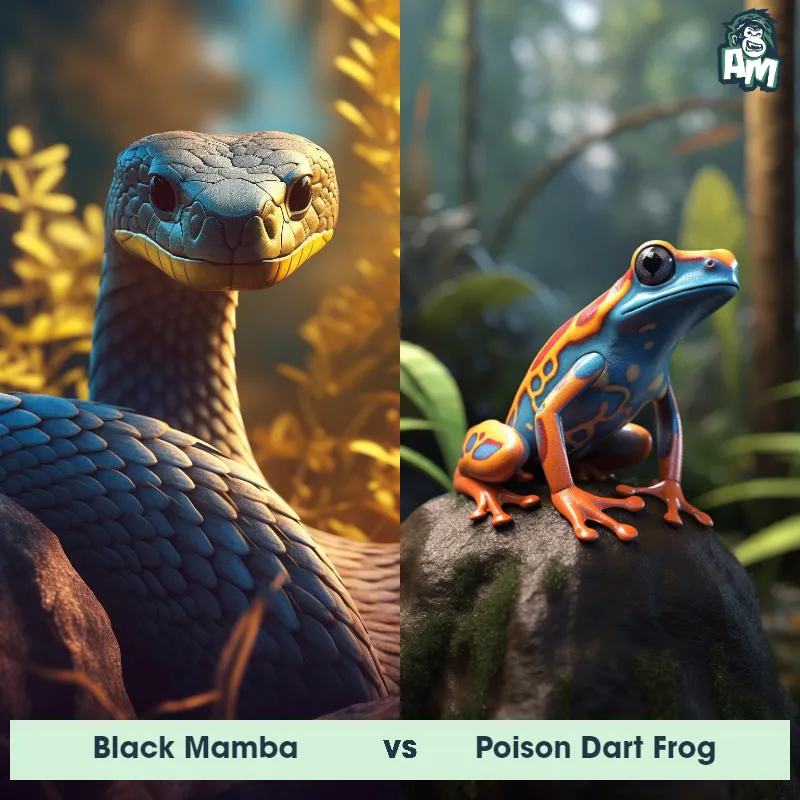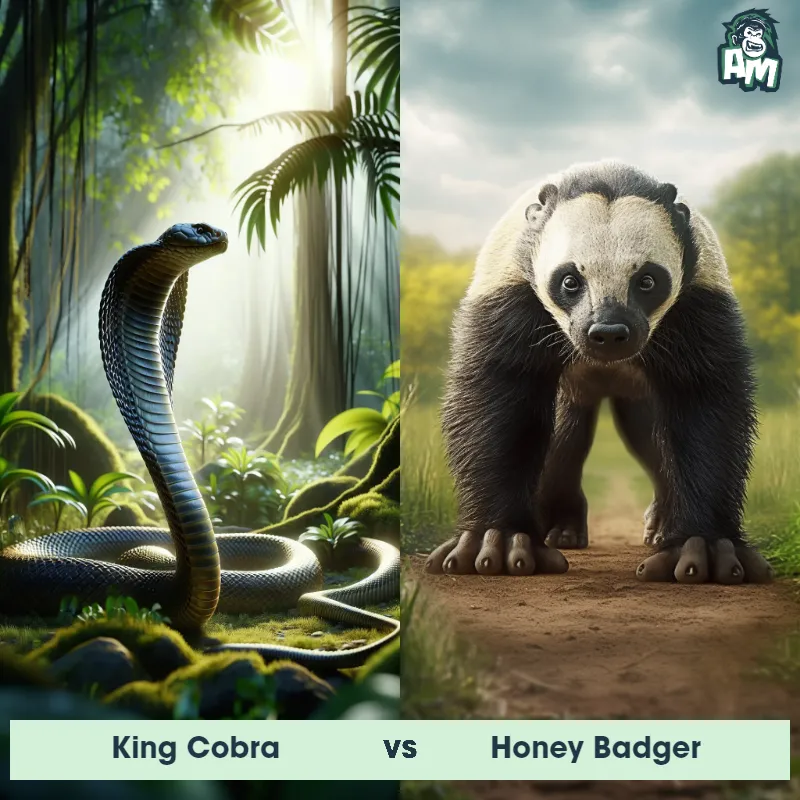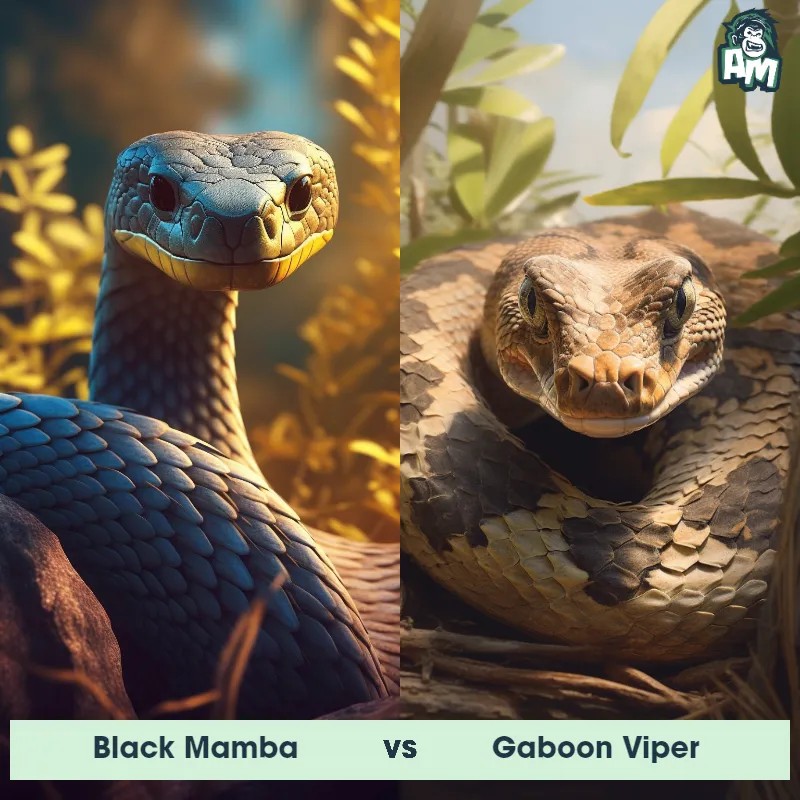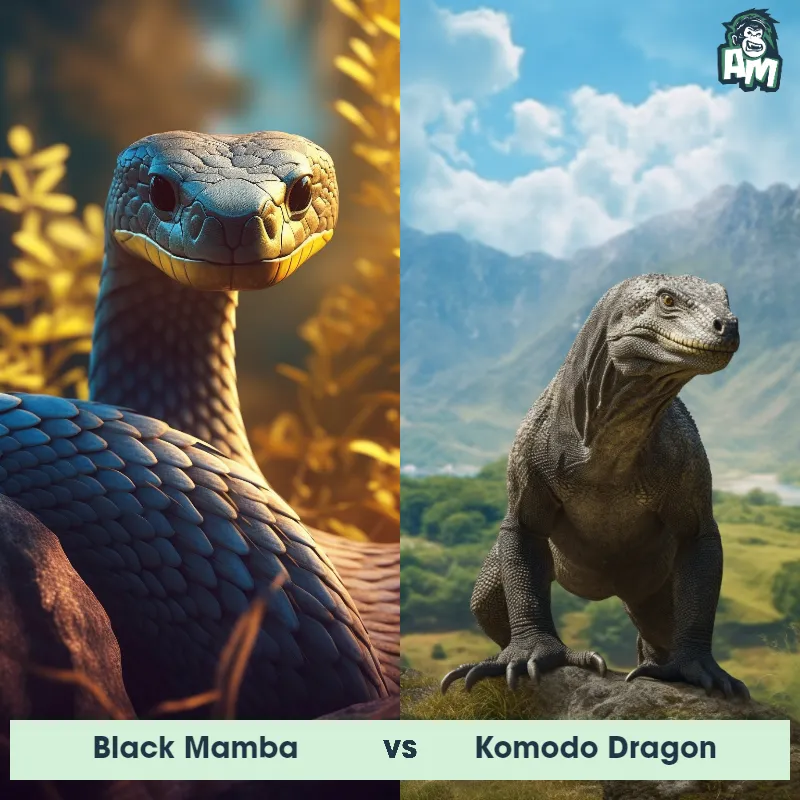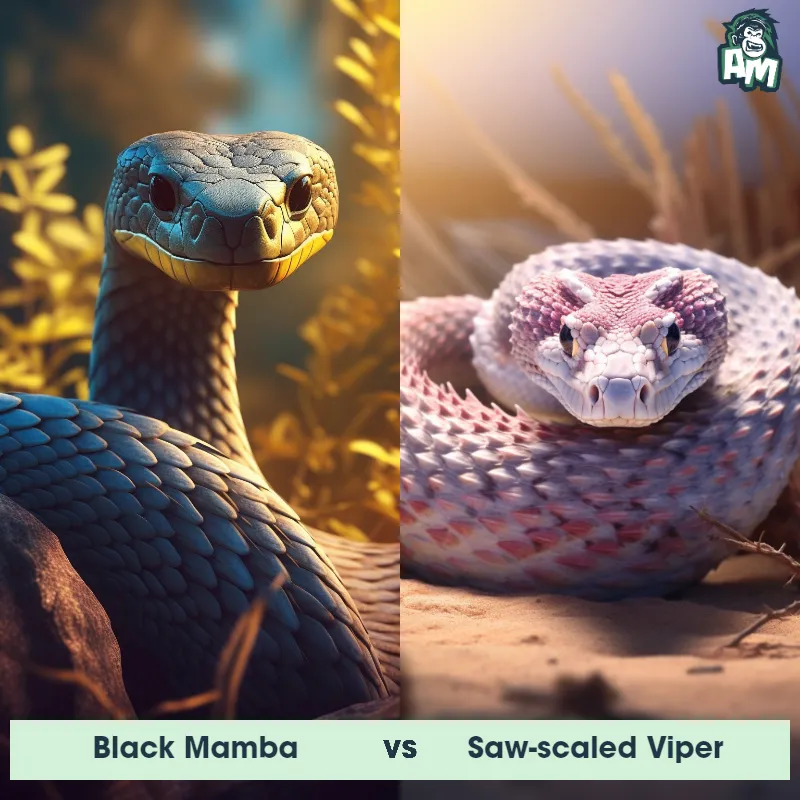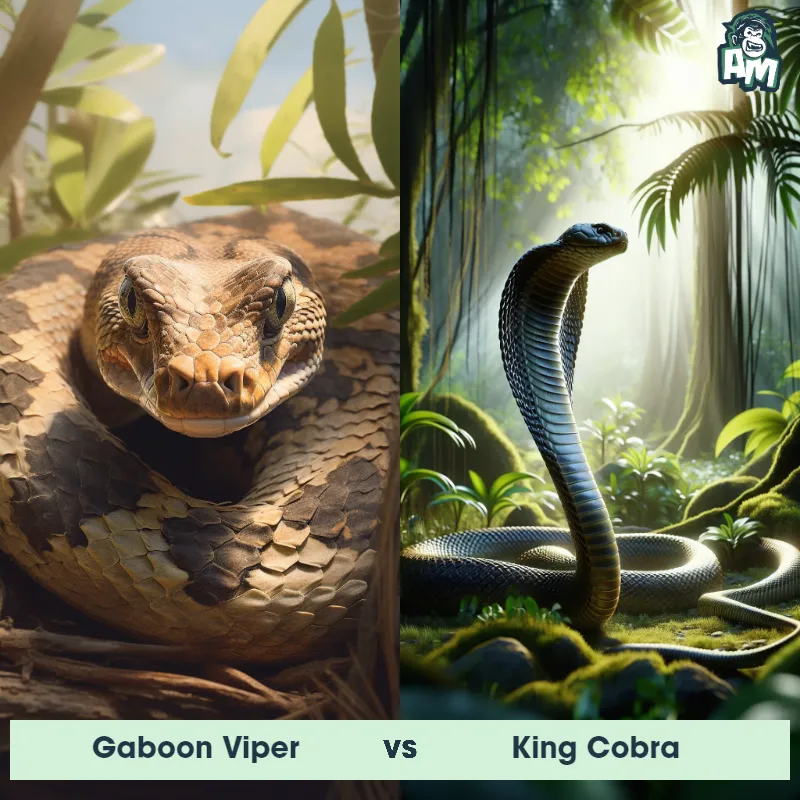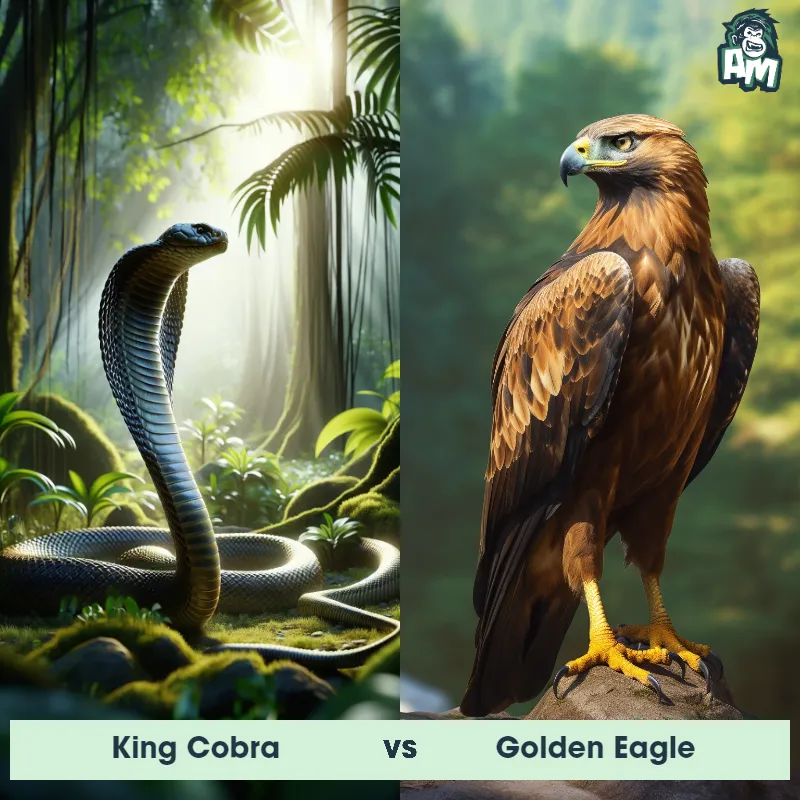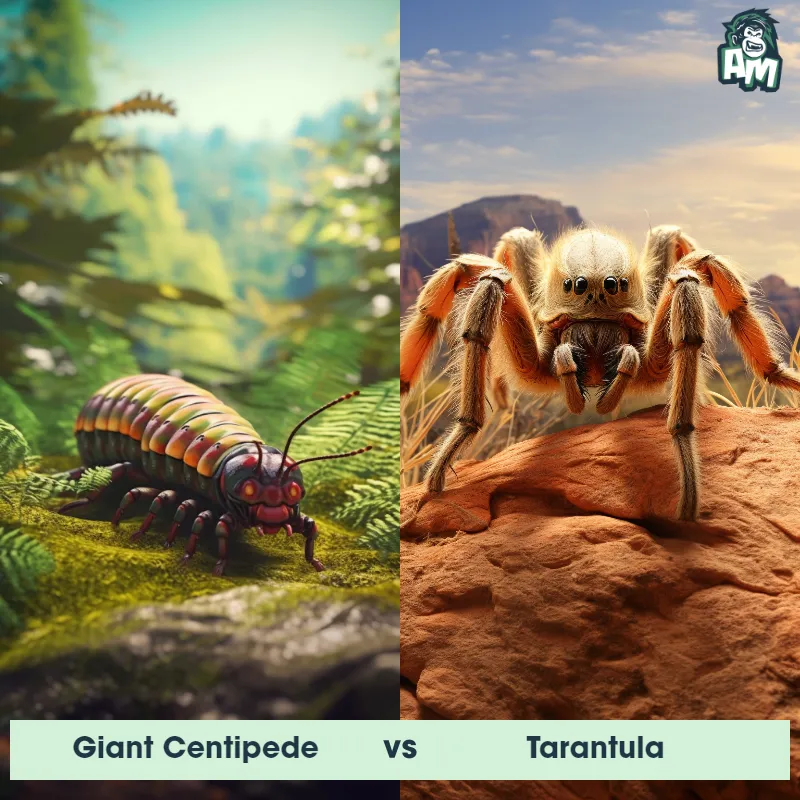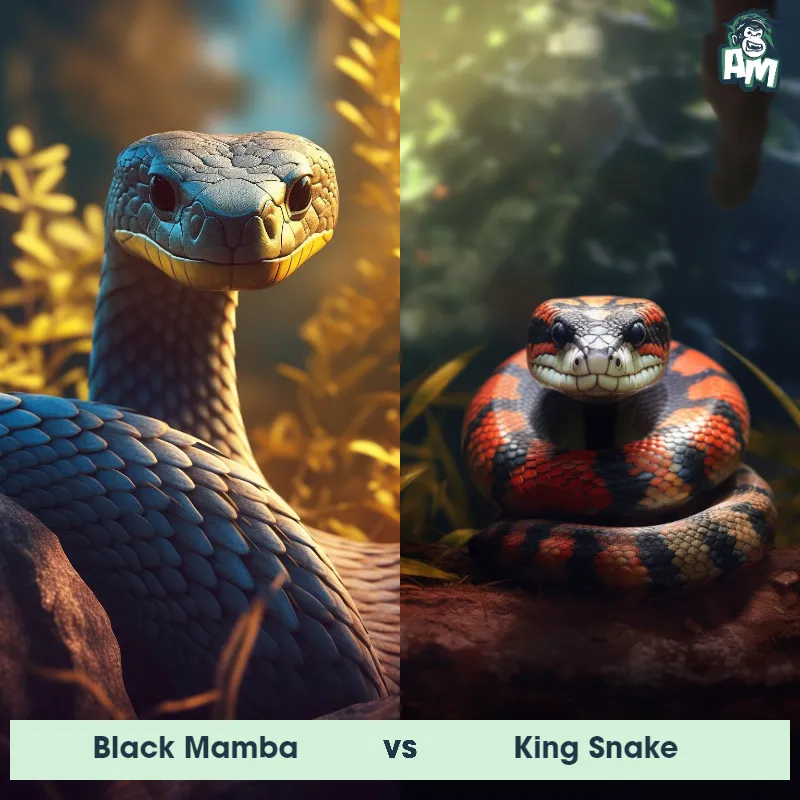Tarantula vs Coral SnakeSee Who Wins

Ladies and gentlemen, welcome to this thrilling matchup between two formidable creatures of the wild! In the red corner, we have the Tarantula, known for its eight hairy legs and venomous bite. And in the blue corner, we have the Coral Snake, recognized for its vibrant colors and potent venom. Get ready for an intense showdown between these two deadly adversaries!
Contender 1: Tarantula
Tarantulas comprise a group of large, hairy spiders that are found in various parts of the world, predominantly in the tropics. They possess eight legs, two body parts (cephalothorax and abdomen), and are known for their pronounced fangs, which they use to inject venom into their prey. Despite their menacing appearance, tarantulas are generally not harmful to humans, as their venom is weaker than that of a typical bee.
Fun Fact: Tarantulas are known for their unique defensive tactic where they can flick off tiny, barbed hairs from their abdomen when threatened, which can irritate the skin or eyes of a potential predator.
Contender 2: Coral Snake
The Coral Snake, also known as Micrurus fulvius, is a venomous snake species found in North America. It has a distinctive color pattern with bright red, yellow, and black bands that encircle its body. Unlike many other North American snakes, the Coral Snake has a small head, black eyes, and a short tail. This serpent species ranges in size from 2 to 4 feet long, and it has smooth scales. Coral Snakes are known for their secretive nature, spending most of their time hidden in leaf litter or underground burrows.
Fun Fact: A fascinating fact about the Coral Snake is that it is part of the Elapidae family, which also includes cobras and mambas, making it one of the only venomous snakes in North America that is not part of the Viperidae family.
Matchup Stats
| Tarantula | Coral Snake | |
|---|---|---|
| Size | Up to 11 inches (28 cm) including leg span | 2 to 4 feet long (0.6 to 1.2 meters) |
| Weight | Up to 3.5 ounces (100 grams) | Not specified |
| Speed | 1mph (1.6km/h) | 1mph (1.6km/h) |
| Key Strength | Venomous fangs | Not specified |
| Biggest Weakness | Slow movement | Not specified |
Current Votes
Tarantula vs Coral Snake
See Who Wins
View More Matches
Looking For More?
Similar Matches
Scientific Stats
| Tarantula | Coral Snake | |
|---|---|---|
| Scientific Name | Theraphosidae | Micrurus fulvius |
| Family | Araneae | Elapidae |
| Habitat | Various, predominantly in tropical regions | Leaf litter, underground burrows |
| Geography | Worldwide, predominantly in the tropics | North America |
| Diet | Insects, small birds, rodents, and lizards | Small reptiles, snakes, and other snakes' eggs |
| Lifespan | 10 years - 25 years | 6 years - 8 years |
Key Differences between Tarantula and Coral Snake
- Body shape: The Tarantula has a bulky, hairy body with eight long legs and two large fangs, whereas the Coral Snake has a slender body with a small head and short tail.
- Camouflage: Tarantulas rely on their hairy bodies and coloration to blend in with their surroundings, whereas Coral Snakes are brightly colored as a warning to predators that they possess venomous bites.
- Size: Tarantulas are generally larger than Coral Snakes, with some species reaching up to 4-6 inches in body length, while Coral Snakes are typically around 2-3 feet long.
- Color: The Tarantula is typically brown or black in color, while the Coral Snake has distinctive alternating bands of red, yellow, and black.
- Appendages: Tarantulas possess large, hairy chelicerae (fangs) and pedipalps (sensory organs), whereas Coral Snakes have short fangs in the back of their mouths used for injecting venom.
- Habitat: Tarantulas are primarily terrestrial spiders, found in burrows or hidden in vegetation, whereas Coral Snakes are venomous snakes that inhabit various terrestrial habitats, including forests and grasslands.




